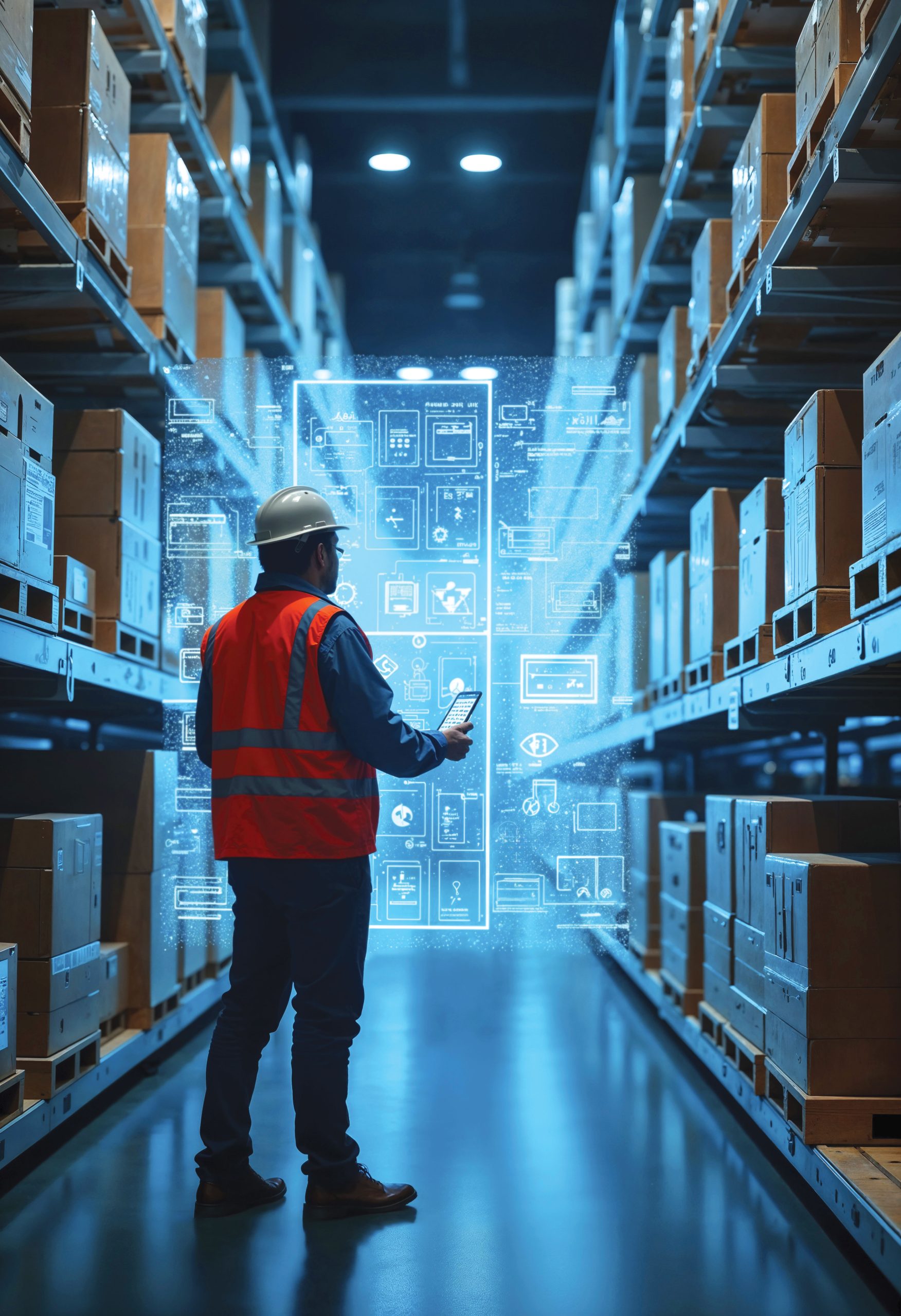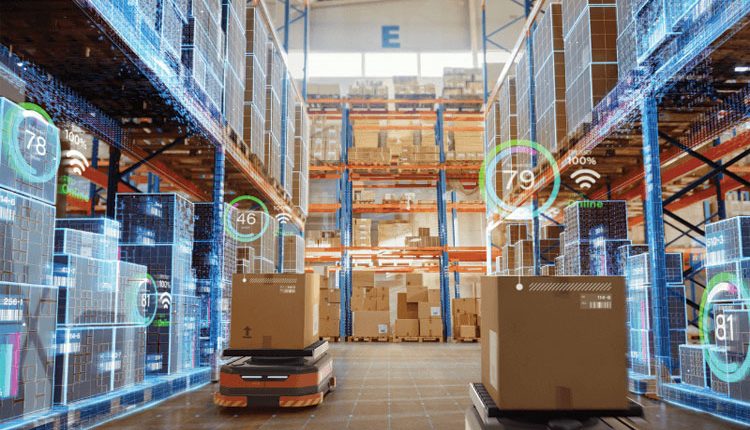Intralogistics and warehousing have become pivotal in today’s fast-paced industrial landscape, serving as the backbone of modern supply chains. These domains, once dominated by manual labor and basic tools, are now leveraging cutting-edge technologies to streamline operations. With the rise of e-commerce, retail demands, and the complexities of global trade, innovations in this sector are transforming the way goods are moved, stored, and managed.
Embracing Advanced Systems
The introduction of robotics, IoT, artificial intelligence (AI), and other advanced systems is no longer a luxury but a necessity. These innovations not only optimize workflows but also reduce errors, enhance speed, and improve sustainability. Let’s take a closer look at how intralogistics and warehousing are evolving to meet the demands of a dynamic world.
Robotics and automation are at the forefront of this transformation. Gone are the days when manual handling was the norm. Automated guided vehicles (AGVs) now handle repetitive tasks like pallet transport with unmatched precision, while autonomous mobile robots (AMRs) take it a step further, navigating dynamically through warehouses and adapting to changes in real-time. These machines have significantly reduced human error and increased throughput, making them indispensable in modern facilities.
Collaborative robots, or cobots, have added another dimension to automation. Unlike traditional robots, cobots work alongside humans, assisting with tasks like heavy lifting, sorting, and packing. They enhance efficiency while ensuring safety, bridging the gap between man and machine.
Connectivity a Game-changer
Connectivity has also become a game-changer. The Internet of Things (IoT) has brought about an era where everything within a warehouse is interconnected. Smart sensors embedded in equipment and storage areas provide real-time data on inventory levels, environmental conditions, and equipment performance. For instance, in industries like pharmaceuticals or food, these sensors ensure goods are stored under optimal conditions by monitoring temperature and humidity. Additionally, predictive maintenance powered by IoT helps prevent equipment failures, ensuring smooth operations and minimal downtime.
Artificial intelligence is another key player in the evolution of intralogistics. From demand forecasting to dynamic slotting, AI-driven systems analyze massive amounts of data to make warehouses smarter. Imagine a system that not only predicts which products will be in demand next week but also rearranges storage layouts accordingly to reduce picking times. That’s the power of AI in action. AI also optimizes delivery routes, making last-mile logistics faster and more efficient, which is particularly crucial in e-commerce.
Warehouse Management Systems
 Warehouse management systems (WMS) have also seen a significant overhaul. Modern WMS solutions integrate technologies like cloud computing and blockchain to provide seamless operations. Cloud-based WMS ensures scalability, allowing businesses to expand or downsize operations as needed without major investments in infrastructure. Blockchain, on the other hand, enhances transparency and traceability, which is especially valuable in industries requiring strict compliance, such as pharmaceuticals or food and beverage.
Warehouse management systems (WMS) have also seen a significant overhaul. Modern WMS solutions integrate technologies like cloud computing and blockchain to provide seamless operations. Cloud-based WMS ensures scalability, allowing businesses to expand or downsize operations as needed without major investments in infrastructure. Blockchain, on the other hand, enhances transparency and traceability, which is especially valuable in industries requiring strict compliance, such as pharmaceuticals or food and beverage.
Storage and retrieval systems have undergone dramatic changes as well. Automated storage and retrieval systems (ASRS) use cranes, shuttles, and vertical lift modules to make the most of available space while speeding up operations. These systems can store items in vertical trays and retrieve them with precision, saving time and reducing labor costs. In high-demand industries, shuttle systems transport goods across zones within warehouses quickly and efficiently, ensuring smooth workflows.
Digital twins are emerging as a revolutionary tool in warehouse management. By creating virtual replicas of physical assets and operations, businesses can simulate scenarios, identify inefficiencies, and test solutions without disrupting ongoing activities. This level of insight enables companies to make data-driven decisions, whether it’s rearranging storage layouts or upgrading equipment.
The role of drones in inventory management is growing rapidly. Equipped with cameras and RFID scanners, drones can scan barcodes and conduct inventory counts in minutes—a task that could take hours or even days with traditional methods. Drones also excel in inspecting hard-to-reach areas, ensuring safety and reducing operational downtime.
Sustainability has become a major focus in modern warehousing. Green initiatives such as solar-powered warehouses and eco-friendly packaging systems are gaining traction. Automated systems that optimize packaging materials not only reduce waste but also align with the increasing consumer demand for environmentally responsible practices. Warehouses powered by renewable energy sources like solar panels not only cut costs but also reduce carbon footprints, making them future-ready.
As these technologies evolve, certain trends are shaping the future of intralogistics. Hyper-automation, which combines AI, robotics, IoT, and WMS, is leading the charge toward fully autonomous warehouses. 5G connectivity is another game-changer, promising ultra-fast data exchange between devices for real-time decision-making. Even quantum computing is beginning to show potential in solving complex logistical challenges that current systems struggle with.
Conclusion
However, the path to innovation is not without challenges. High initial costs can deter small and medium enterprises (SMEs) from adopting advanced technologies. Additionally, there’s a growing need to upskill the workforce to manage and maintain these sophisticated systems. Integrating new technologies with existing legacy systems also poses hurdles, requiring careful planning and execution.
Despite these challenges, the innovations in intralogistics and warehousing are reshaping the industry, enabling businesses to operate more efficiently, reduce costs, and meet evolving customer demands. The journey toward fully automated, sustainable, and smart warehouses is well underway, and organizations that embrace these changes will be better positioned to thrive in an increasingly competitive market.




